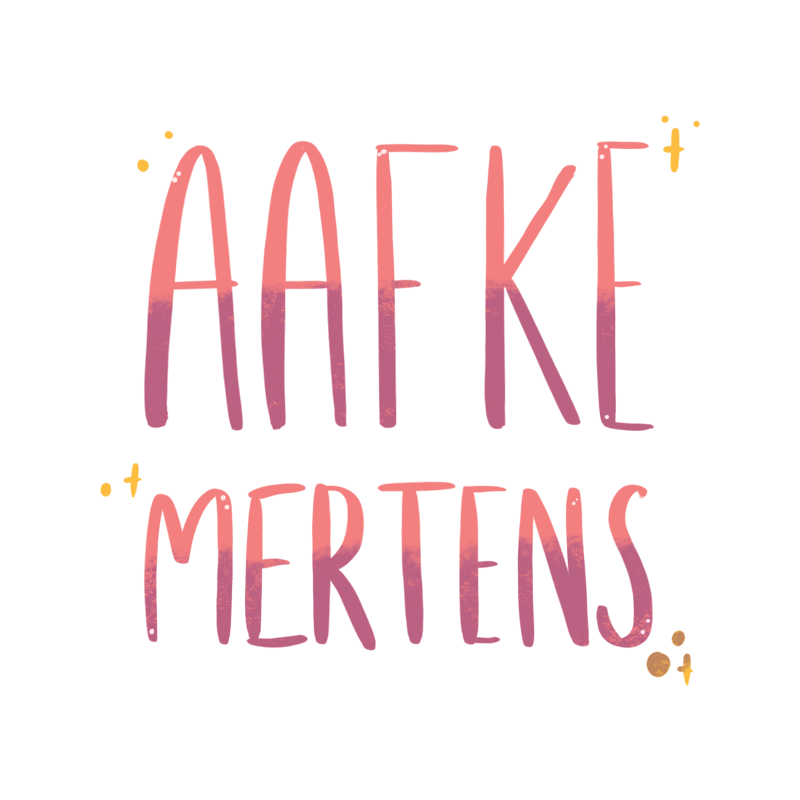“it’s been hard to put into words and drawings, the dialogue in my head for the last week”
This is what I wrote a week after the Black Lives Matter movement took social media by storm. As many people, I was shocked by the news coming from the U.S., but I felt that the real shock came from the uncomfortable awareness that we are all part of this problem.
I read and listened, thinking about my own actions. My own unconscious prejudice. I have tried to write this blog post multiple times, falling into my own personal experience with racism as a brown skinned person. But this is about Black racism.
I want to give a few ideas based on many articles I have read, on how we as illustrators can be more active in changing the narrative around us. Personally I want to make these into commitments for my future work, and if you are an illustrator or graphic designer I would like to invite you to reflect on your work and think about where you can help.
We draw what we see (or do we?)
I do not only want to draw the world that I see, but also what I want it to look like.
In 2016 I attended my first Pictoplasma festival, and one of the key speakers that made most impact on me was Guillaume Kashima, French-japanese illustrator. He wanted to raise awareness about the power we have as illustrators to depict the world around us. While working for advertising companies, he realised that many showed a ‘white’ environment which he felt did not match the France that he was living in. He challenged this by adding characters that showed diversity, from colour to religion.
I had not thought about how drawings could impact others around the subject of racism and discrimination. Especially in markets, such as advertising, corporate etc. Since then, I have systematically been pushing to add more diversity within my work; which in turn has also raised my awareness, and those of my clients, on how many people of colour actually work in these companies…
Clients and the colour brown
Clients are not always right. It is our duty to also educate and confront uncomfortable conversations. I have had multiple times clients make comments when I add black people to my illustrations, example: “that brown is so… dark…”
Well yes it is. Full stop.
And it’s beautiful, you are just not used to it because it is not part of your “palette”.
Which takes me to the final point:
Research is key
“Educate yourself” does not only mean reading book or watching movies; but as an artists this also means to study Black culture and people in the form of drawing. A student of mine, last week, told me she had been afraid to draw the face of a Black character, as she didn’t want to make a ‘stereotype caricature’. My advice to her was to study many faces, many hairstyles, many skin colours so she could integrate this knowledge in the right way. I could understand this fear, as you don’t want to do something wrong, but portraying people of colour (just as many other ethnicities) is key create awareness and change the narrative around us.
I believe that change can only come from action; and in my case, this is the way I want to contribute. By writing this post I want to also use this as a reminder to myself to stay committed to this.




